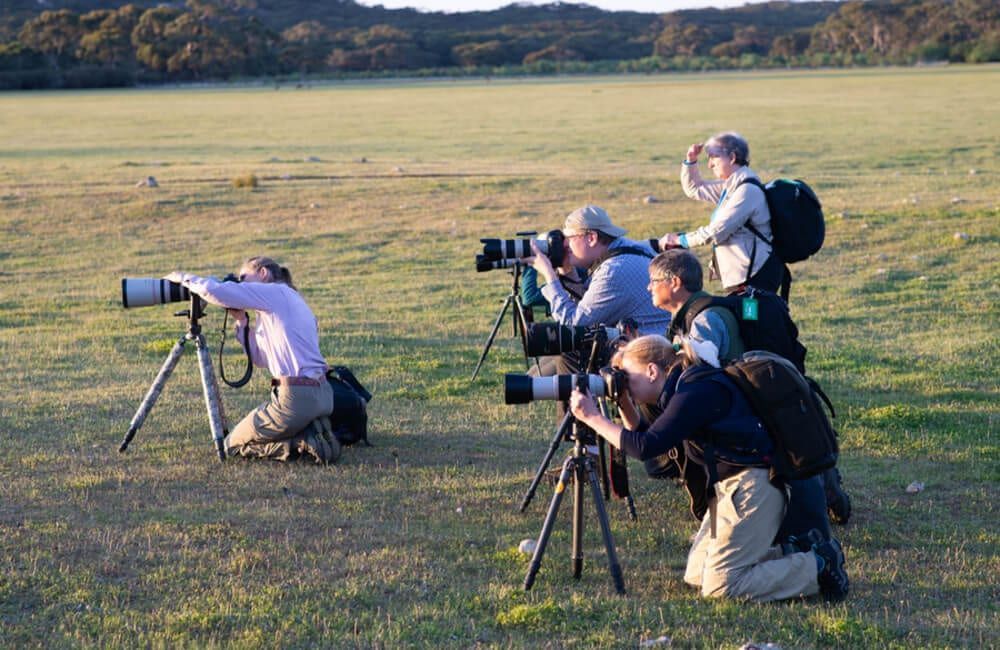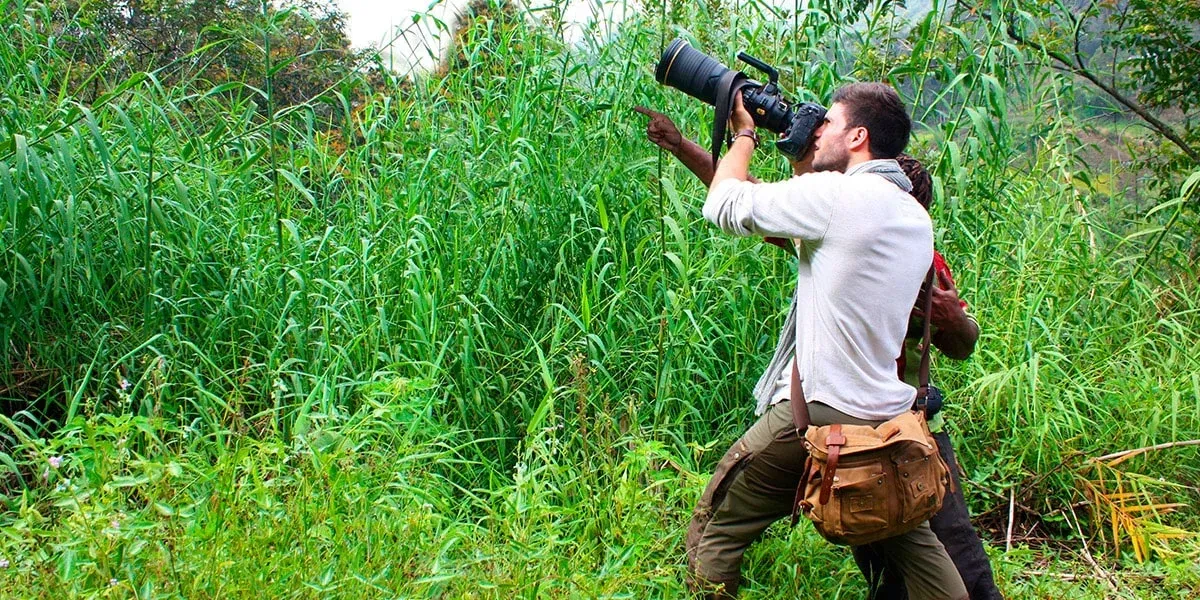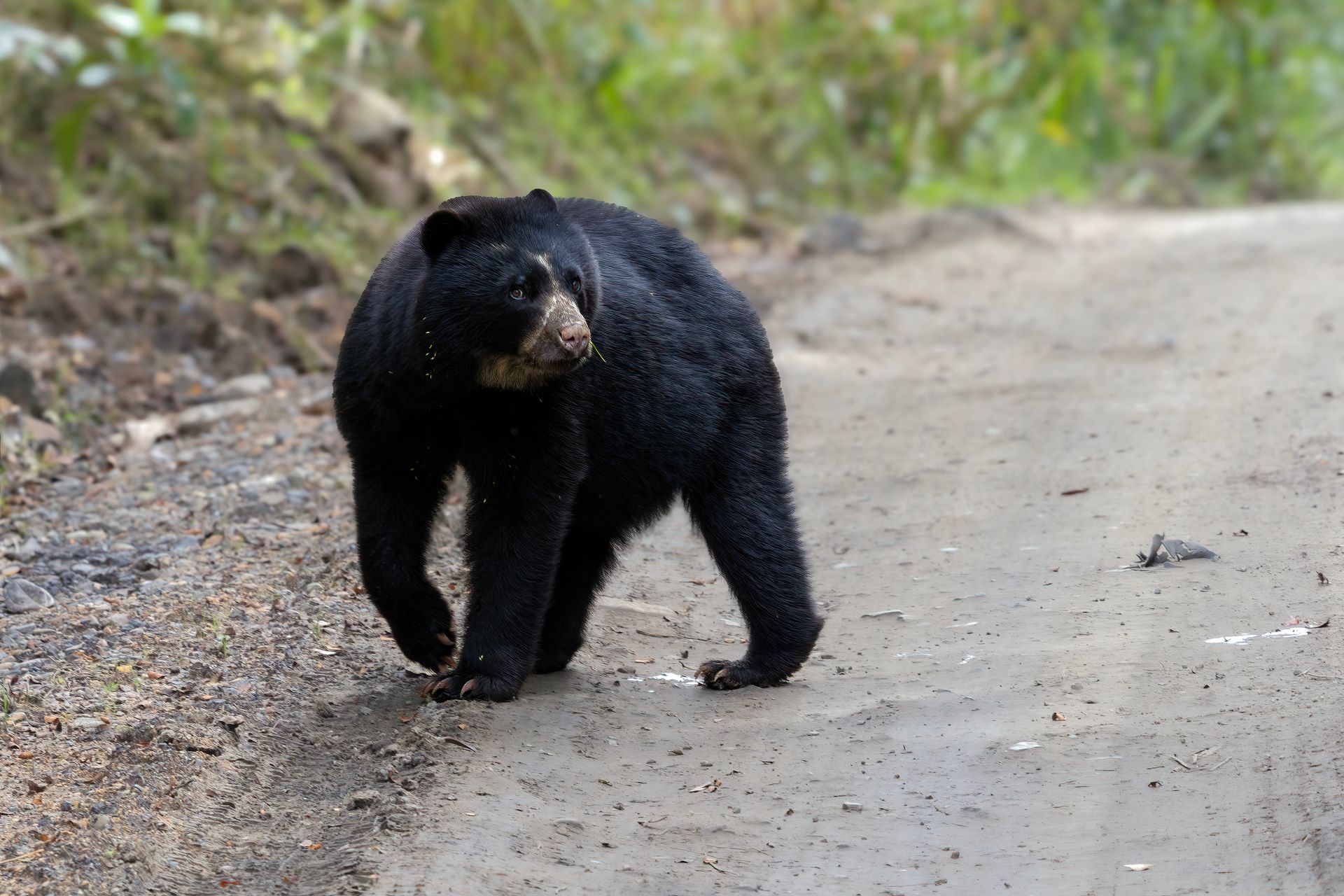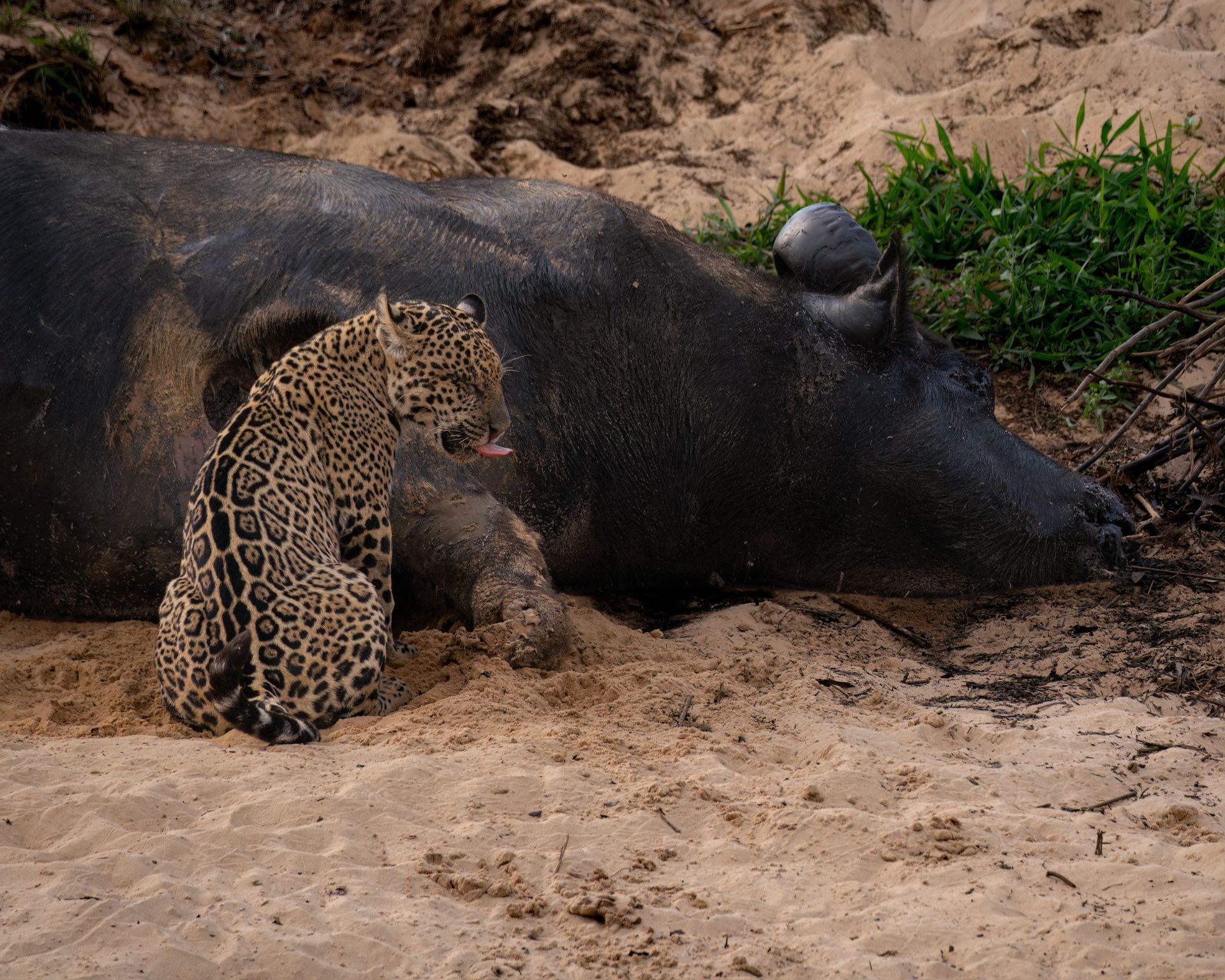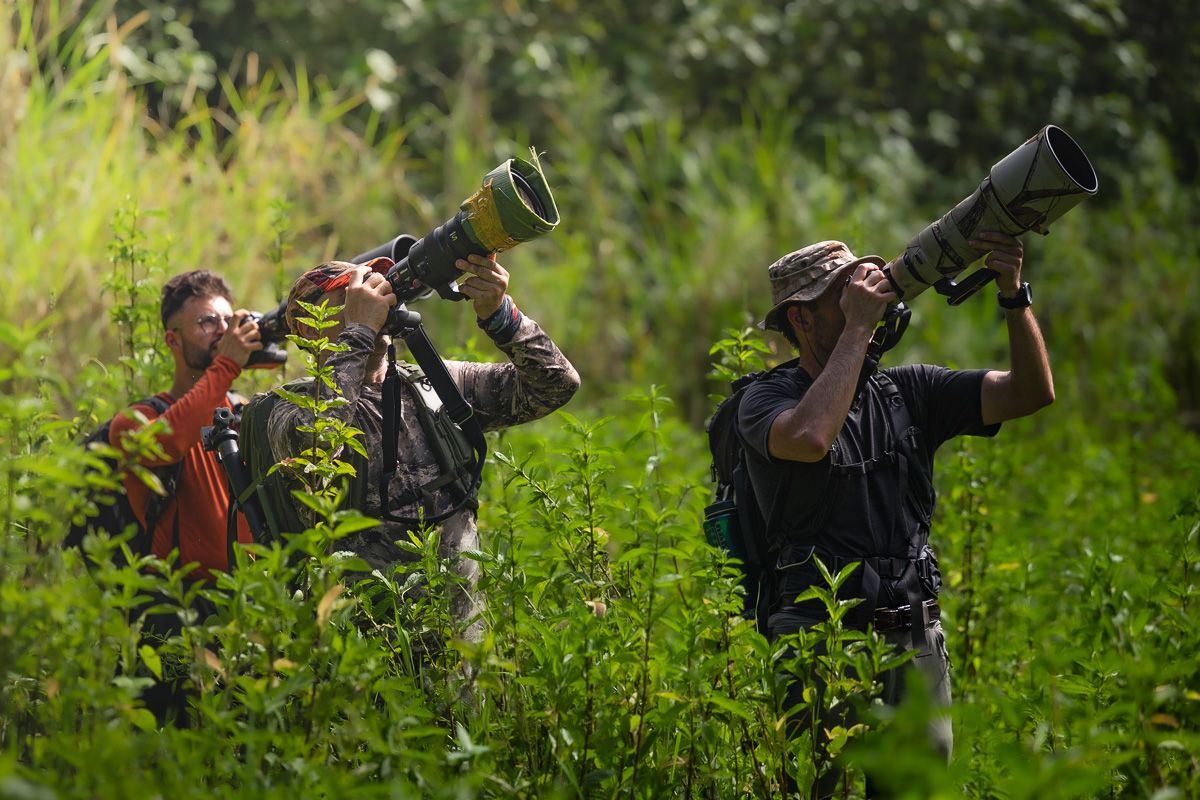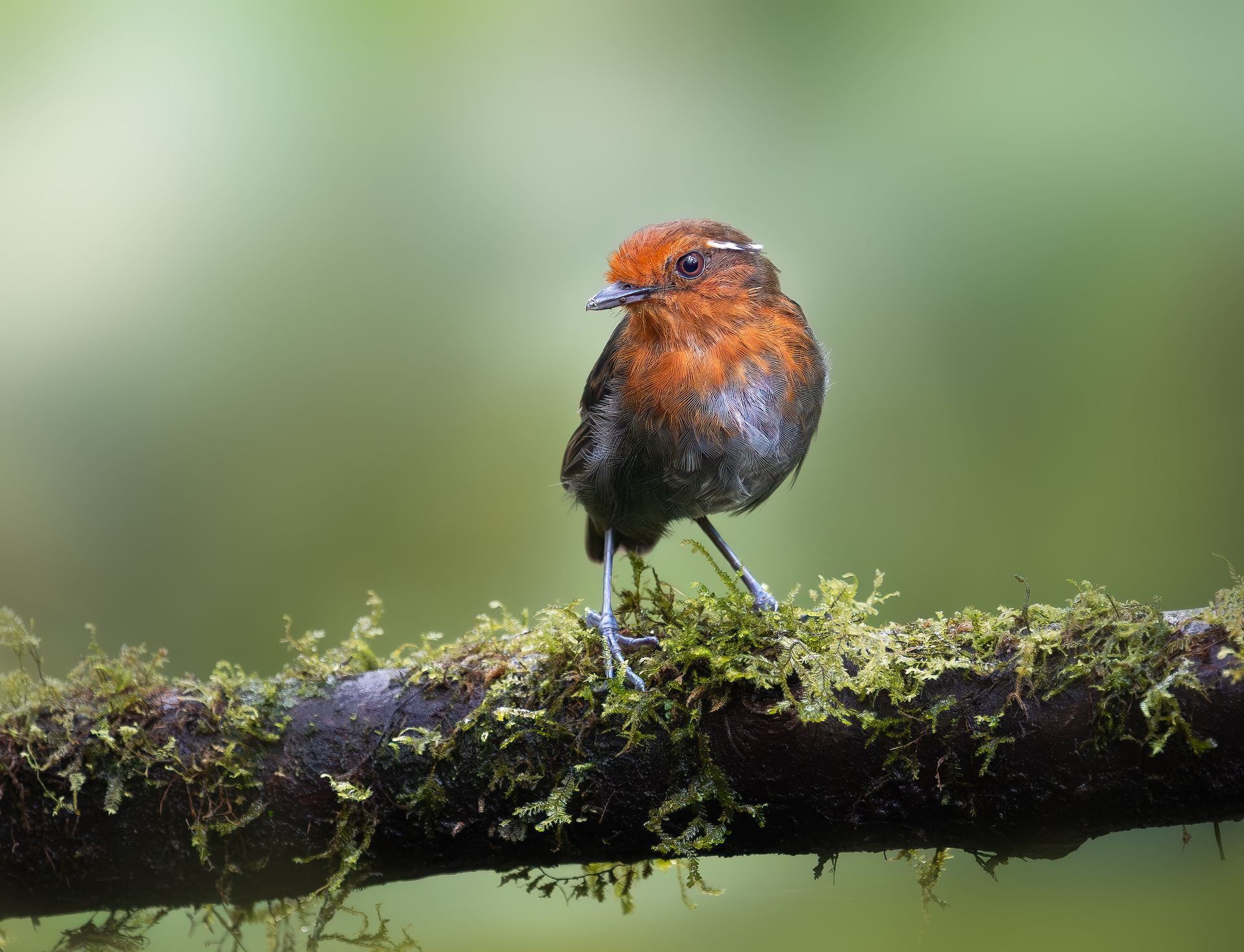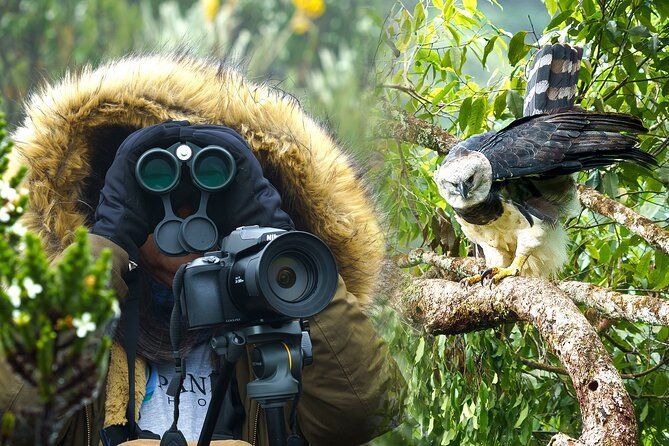Nikon and Leica: Top Picks for Professional Bird Photographers
Nikon and Leica: Top Picks for Professional Bird Photographers
Bird photography is a demanding art form that combines technical expertise, field skills, and a deep appreciation for nature. Capturing the grace of an eagle soaring above Colombia’s Andes or the iridescence of a hummingbird in the Amazon requires more than just patience—it requires the right tools.
While Sony and Canon dominate much of the bird photography discussion today, two brands often overlooked—Nikon and Leica—offer unique advantages for professional photographers. Nikon brings decades of optical mastery and modern mirrorless innovations, while Leica delivers craftsmanship, color science, and unparalleled image quality for those who value artistry as much as precision.
In this article, we’ll explore why Nikon and Leica remain top picks for professional bird photographers, their best cameras and lenses for avian work, and how they compare in real-world birding destinations like Colombia.
Why Gear Choice Matters in Bird Photography
Bird photography is one of the most gear-sensitive genres in wildlife work. Unlike landscapes, where a wide-angle lens can capture the scene, or portraits, where lighting is the key, birds present unique challenges:
- Distance: Most birds are small and shy. Long telephoto lenses are essential.
- Speed: Birds in flight demand high frame rates and lightning-fast autofocus.
- Light: Forest canopies or dawn expeditions often mean shooting at high ISOs.
- Portability: Bird photographers hike mountains, navigate forests, and trek long hours; gear weight is crucial.
Nikon and Leica each address these needs in different ways.
Nikon: The Wildlife Workhorse
For decades, Nikon has been synonymous with wildlife and bird photography. Known for their legendary telephoto lenses and rugged DSLR systems, Nikon has successfully transitioned to mirrorless technology without abandoning the qualities that made them a favorite among professionals.
Strengths of Nikon for Bird Photography
- Optical Excellence: Nikon’s NIKKOR Z lenses are among the sharpest wildlife lenses on the market.
- Autofocus Performance: With subject detection and advanced tracking, Nikon’s AF has caught up to Sony and Canon.
- Ergonomics: Nikon cameras are designed with comfortable grips and intuitive controls, ideal for long field sessions.
- Durability: Nikon gear is famously robust, built to withstand rain, dust, and temperature extremes.
Top Nikon Cameras for Bird Photography
- Nikon Z9: Flagship mirrorless body with 45.7MP sensor, 20 FPS RAW shooting, blackout-free viewfinder, and advanced AF that can detect and track birds.
- Nikon Z8: Lighter, more affordable sibling of the Z9 with nearly identical performance—perfect for pros who want flagship capabilities without the bulk.
- Nikon D500 (DSLR): Though older, this APS-C DSLR is still loved by bird photographers for its 10 FPS burst rate and crop factor advantage.
Best Nikon Lenses for Bird Photography
- NIKKOR Z 400mm f/2.8 TC VR S: Includes a built-in 1.4x teleconverter, giving photographers 560mm reach at f/4—ideal for raptors and distant species.
- NIKKOR Z 600mm f/4 TC VR S: Lightweight for its class, with unrivaled sharpness and speed.
- NIKKOR Z 100–400mm f/4.5–5.6 VR S: A versatile zoom for birders who hike varied terrain.
- AF-S 500mm f/5.6E PF ED VR: A DSLR lens that remains popular thanks to its light weight and sharpness.
Where Nikon Excels
- Bird photographers who want cutting-edge mirrorless tech but still value DSLR heritage.
- Those needing durable, pro-level telephotos for challenging field conditions.
- Professionals shooting in Colombia’s varied habitats, from the Llanos to the Andes.
Leica: The Artistic Choice
If Nikon is the workhorse, Leica is the artist’s brush. Known for its precision engineering and unparalleled craftsmanship, Leica cameras are not typically associated with bird photography—but for professionals who prioritize image quality, color fidelity, and the joy of shooting, Leica offers something unique.
Strengths of Leica for Bird Photography
- Color Science and Rendering: Leica images have a distinctive “look”—vivid, true-to-life, yet artistic. For photographing vibrant species like Colombia’s tanagers or hummingbirds, Leica excels.
- Build Quality: Leica cameras are built with uncompromising craftsmanship, designed to last decades.
- Manual Precision: For photographers who enjoy slowing down, Leica’s manual focus options provide a sense of connection with the subject.
- Adaptability: Many Leica systems can use adapted telephoto lenses, including Nikon, Canon, or Sigma glass, giving them flexibility.
Top Leica Cameras for Bird Photography
- Leica SL2-S: A full-frame mirrorless camera with excellent low-light performance, 25MP resolution, and smooth handling.
- Leica SL2: 47MP resolution, outstanding for cropping distant bird images.
- Leica Q2 (with limitations): Not a telephoto bird camera but can be a supplementary tool for habitat and wide environmental shots.
Best Leica-Compatible Lenses
Leica’s own lineup is limited in super-telephotos, but options include:
- Leica APO-Vario-Elmarit-SL 90–280mm f/2.8–4: High-quality telephoto zoom, though short for distant birds.
- Adapted Telephotos: Many Leica users rely on adapted Nikon or Sigma lenses, maintaining Leica’s color rendering with third-party optics.
Where Leica Excels
- Photographers who want artistic bird imagery, not just technical perfection.
- Professionals who blend fine art photography with wildlife work.
- Shooters who value color and tonality above speed and convenience.
Nikon vs. Leica: A Comparison
FeatureNikonLeicaAutofocusFast, subject-tracking AF for birdsStrong, but less advanced for BIFTelephoto LensesExtensive lineup, 400–800mm optionsLimited native, relies on adaptersFrame RateUp to 20–30 FPS (Z9)Lower FPS, less suited for BIFImage QualityExcellent, sharp, accurate colorsExceptional, unique renderingWeight & PortabilityBalanced but still heavy at high endCompact bodies, but limited reachPriceHigh, but varied rangePremium, luxury pricing
Real-World Applications in Colombia
- Amazon Rainforest: Nikon’s Z9 + 400mm f/2.8 is ideal for low light under dense canopies. Leica SL2 can complement with wide, artistic habitat shots.
- Andes Mountains: Nikon’s long primes capture condors and raptors at distance. Leica’s crop flexibility in the SL2 makes it useful for environmental portraits.
- Cloud Forests: Nikon’s autofocus tracks hummingbirds with ease. Leica excels at still perches and vibrant feather rendering.
- Llanos Grasslands: Nikon’s 600mm primes dominate open landscapes. Leica offers a slower, artistic alternative.
Which Brand Should You Choose?
- Choose Nikon if:
- You want the best all-around professional system for bird photography.
- You need long telephotos, high FPS, and robust autofocus.
- You are working in challenging environments where reliability is key.
- Choose Leica if:
- You view bird photography as both documentation and artistic expression.
- You prioritize image rendering, color, and tonal richness.
- You are less concerned with fast bursts and more interested in the craft of each shot.
Final Thoughts
For most professional bird photographers, Nikon remains the stronger choice, offering unmatched telephoto options, top-tier autofocus, and durability in the field. Whether you’re photographing condors over Colombia’s páramos or hummingbirds in the cloud forests, Nikon provides the reliability and reach needed for such demanding work.
Leica, however, occupies a unique space. While not the obvious choice for birding, it appeals to professionals who value artistry as much as accuracy. A Leica image of a tanager in golden light may not match the burst speed of a Nikon Z9 capture, but it may offer a depth, rendering, and character that no other brand can replicate.
In the end, the choice between Nikon and Leica comes down to your philosophy as a photographer. Do you want the workhorse or the artist’s brush? Both brands have earned their place among professional bird photographers—and together, they remind us that bird photography is as much about how you see as it is about what you shoot.



